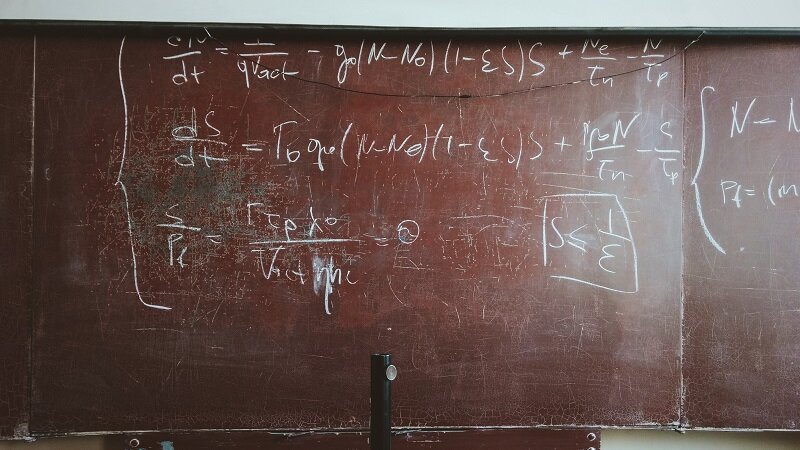Hertha Ayrton
Episode #2 of the course Ten significant women in science by James Wareing
In today’s lesson, we shall learn about a British physicist who went from being one of eight children of a Polish immigrant watchmaker to an outstanding physicist, mathematician, and inventor. In total, she registered 26 patents in her life and gained honors and awards previously not bestowed to women. However, like many female scientists of the time, she still struggled to gain the full recognition that she deserved.
Hertha Ayrton, born Phoebe Sarah Marks in 1854, was, by all accounts, a determined and courageous woman. In fact, she adopted the name Hertha having been nicknamed after a courageous heroine from the novel The Girl Who Saved the King of Sweden. Having become a teacher at 16, she went to Cambridge University to study mathematics. However, she was not awarded a degree, despite fulfilling the requirements as Cambridge would only award certificates at the time to women.
What Did She Do?
She produced a number of inventions after this when she returned to London, most notably a line-divider to be used by architects and engineers. However, she had to combine her studies with teaching and embroidery work to earn money. Her career in physics was to blossom though when she met her future husband, Professor William Ayrton. She attended one of his lectures on electricity and a year later they married. He recognized her potential and involved her in his research. At the time he was working on electric arcs and was about to publish a paper before his work was destroyed. Occupied by other matters he could not restart it so Hertha did.
This had important scientific and functional value. The arc lamp was used for street lighting but it would intermittently hiss, causing the light to flicker on and off. Her research established the cause of this and proposed a solution that would eliminate the hissing and make the lamps more luminous and efficient. She subsequently presented her findings to the Institute of Engineering and Technology, becoming the first woman to present a paper there. So impressive was her work that she was given membership only two days later.
When her husband became ill and had to move to the seaside to recover she undertook work on the ripple effects in sand and water. This gained the attention again of the Royal Society, to whom she presented her findings and became the first female winner of the Hughes Medal (the second only coming in 2008), awarded by the society for an “outstanding researcher in the field of energy.”
During the First World War, she used her findings in relation to the movement of air to develop and patent a fan to be used for dispersing poisonous gas in the trenches. 100,000 of these were sent to the Western Front, however, their efficacy was not as predicted. Not set back by this, though, she continued to refine her model and they were later utilized in mines.
Legacy and Challenges Faced as a Woman
However, despite the apparent equality displayed by the Institute of Engineering in accepting her, and her presentation to the Royal Society, women were not the norm amongst the scientific community. In 1902 she was nominated to become a fellow of the Royal Society, the oldest independent scientific academy in the world. Despite her achievements she was rejected because she was a married woman as the committee did not believe that their charter would allow this.
As mentioned at the start she had a determined personality and a strong sense of the injustice that she and other women faced in society. Women at the time were banned from voting and she was an ardent supporter of the suffragette movement to oppose this. She went on marches herself and took in women who had just been released from jail, most notably Emmeline Pankhurst.
Tomorrow we shall learn about Marie Curie, a woman who moved the boundaries for what could be achieved by women in science.
Recommended video
Share with friends


